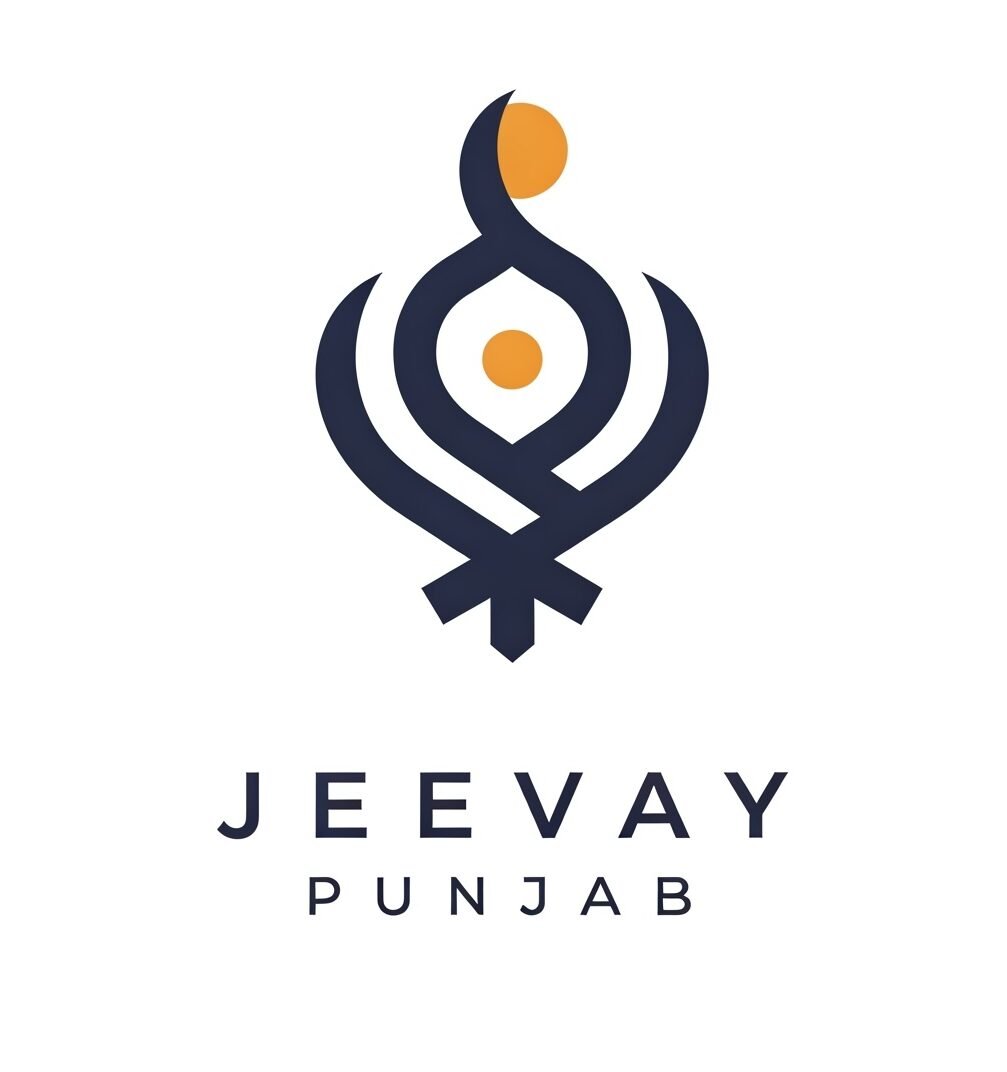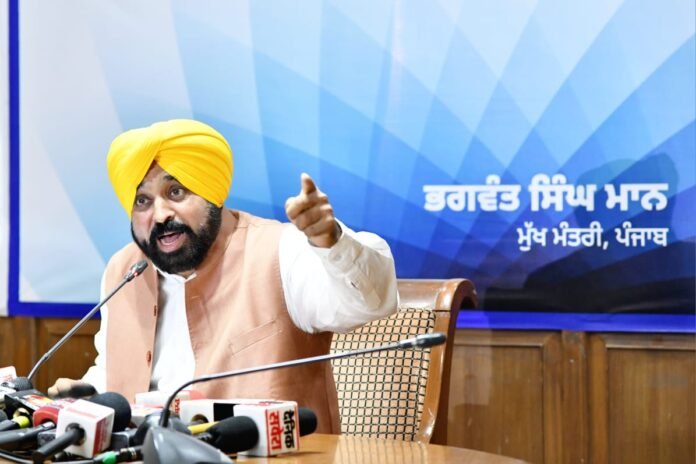In the heart of India’s northwestern state of Punjab, a region once celebrated for its agricultural prosperity and resilient communities, a more harrowing reality has taken root in recent decades — a devastating drug crisis that has ravaged families, hollowed out villages, and stolen the promise of countless young lives. Now, the state’s leadership is signaling it’s ready for a final, decisive confrontation.
Launching in May 2025, the Punjab government — under the leadership of Chief Minister Bhagwant Singh Mann — is set to roll out a statewide anti-drug campaign dubbed the “Nasha Mukti Yatra”, or March to Freedom from Intoxication. Unlike conventional top-down enforcement models, this campaign is being engineered as a ground-up people’s movement, one that seeks to unite village elders, local councils, and ordinary citizens in a mass mobilization effort designed to confront the narcotics scourge head-on.
“The war against drugs must be won by the people, not just the police,” Chief Minister Mann stated in a recent address, emphasizing the importance of community-led vigilance and rehabilitation over punitive measures alone. The campaign, which will span May and June, is expected to touch every village and urban ward across Punjab — one of India’s most affected regions in terms of substance abuse.
The strategy is as ambitious as it is urgent. From May 2 to May 4, district-level meetings will mark the official launch of the initiative. These meetings will be hosted in collaboration with Village Defence Committees (VDCs) — grassroots civilian groups tasked with monitoring community health and safety — as well as local elected representatives and administrative officials. The aim: to transform awareness into action, and action into sustained resistance.
For villages that currently lack active VDCs, the government has issued instructions to immediately form such committees. In urban areas, their counterparts — Ward Defence Committees (WDCs) — are being set up to mirror this structure. Each district’s kick-off meeting will be chaired by a cabinet minister, underscoring the campaign’s political and moral seriousness.
But the real test begins on the ground. Starting May 7, the Nasha Mukti Yatra will traverse Punjab’s deeply scarred rural and urban terrain. In each village and ward, community gatherings will be organized, bringing together VDC and WDC members, elected leaders such as sarpanches (village heads), police officers, health workers, and — crucially — citizens. At the heart of these meetings will be dialogue, solidarity, and a shared commitment to eradicating drugs from their midst.
While critics may see echoes of previous anti-drug campaigns that failed to move beyond token gestures, observers note key differences this time. The Mann administration is betting on sustained grassroots momentum rather than short-term state intervention. “This isn’t a government photo-op,” said one senior official. “This is about rebuilding a culture of resistance, one village at a time.”
Punjab’s opioid epidemic has long defied easy solutions. Fuelled by a nexus of poverty, unemployment, porous borders, and ineffective enforcement, the crisis has overwhelmed families and strained public institutions. According to a 2019 study by the Post Graduate Institute of Medical Education and Research (PGIMER), nearly one in six adult males in the state had used heroin or other opioids — an astonishingly high figure that illustrates the scale of the challenge.
Behind every statistic lies a story of personal tragedy. Parents who bury their children in their twenties. Farmers who sell land to fund rehab. Young people who disappear into addiction’s shadow and never return. It is this landscape that the Nasha Mukti Yatra seeks to illuminate and ultimately transform.
What distinguishes the campaign is not only its reach but its emotional architecture — its reliance on human relationships, community trust, and local leadership. “We want the VDCs and sarpanches to be more than administrators,” Mann has said. “We want them to be guardians of their youth.”
Still, the campaign’s success will depend on more than goodwill. Experts caution that awareness must be matched by access to rehabilitation services, job creation for recovering addicts, and strict disruption of narcotics supply chains. The involvement of law enforcement remains critical, particularly in districts known as trafficking hubs. In this sense, the Nasha Mukti Yatra is both a symbolic gesture and a logistical challenge — a movement that walks the fine line between hope and realism.
Yet in villages where silence has long reigned — where drug use is spoken of in hushed tones or ignored altogether — even a conversation is progress. And if this campaign manages to spark thousands of such conversations, its legacy may extend well beyond the summer of 2025.
For a state that has lost so much, this could be the beginning of its long-awaited healing.
#PunjabFightsDrugs #NashaMuktiYatra #EndDrugAbuse #GrassrootsMovement #CommunityHealth
This is an auto web generated news web story.




